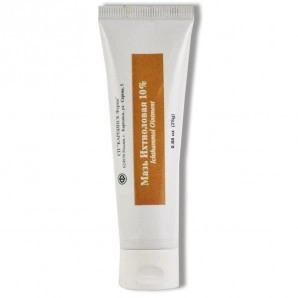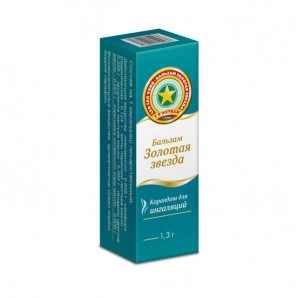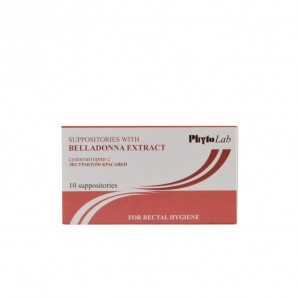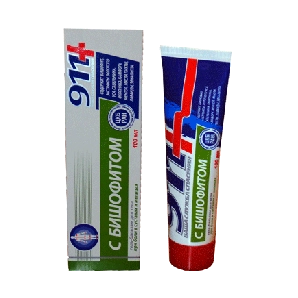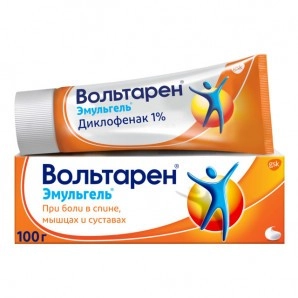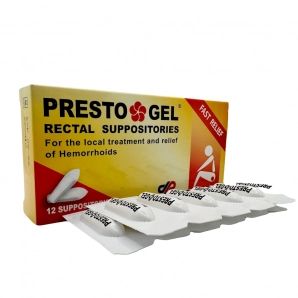-
OTC
- Allergy
- Antiparasitic Agents
- Painkillers and Antispasmodics
- Venotonics
- Dermatological Agents
- Gastrointestinal Tract
- Immunomodulators
- Infectious and Inflammatory
- Weight Control, Weight Loss
- Neurological Agents
- Ophthalmic Preparations
- Cardiovascular Diseases
- Sleep Aids
- Cold and Flu Remedies
- Thyroid Disorders
- Diabetes Treatments
- Urological Agents
- Sedatives
- Ear Drops
- Vitamins and Minerals
- Men's Health
- Women's Health
- Laxatives
- Liver Disease Treatments
- Hemorrhoid Treatments
- Nasal Drops and Sprays
- Antiseptic
- Bruises and Contusions
- Antifungal Agents
- Blood Pressure Medications
- Joint Pain
- Oils
- Dry Herbs & Berries
- Ointments
- Herbal Teas
- Tinctures
- Syrups
- Beauty
This information is for general purposes only and should not be considered as medical advice. Always consult with a qualified healthcare professional for any medical concerns or questions you may have.
Synthomycin Liniment 10% 25g: A Comprehensive Guide
Synthomycin liniment 10% 25g is a well-known topical medication that is used to treat a variety of skin conditions. It contains chloramphenicol, which is an antibiotic that is effective against a wide range of bacteria. This article will provide an overview of its ingredients and composition, indications and uses, precautions and side effects, and a conclusion about its effectiveness.
Ingredients and Composition
The active ingredient in Synthomycin liniment 5% 25g is chloramphenicol. It also contains other inactive ingredients such as liquid paraffin, lanolin, and white beeswax. These ingredients work together to form a creamy, easily spreadable liniment that is suitable for topical application.
Indications and Uses
Synthomycin liniment 10% 25g is commonly used to treat skin infections such as cuts, scrapes, burns, and surgical wounds. It is also effective in treating bacterial skin conditions such as impetigo and folliculitis. The liniment works by inhibiting the growth of bacteria, thus helping the skin to heal and preventing the spread of infection.
Precautions and Side Effects
While Synthomycin liniment 5% 25g is generally safe for topical use, it is important to use it as directed by a healthcare professional. It should not be applied to large areas of skin or for extended periods of time, as it may lead to systemic absorption of chloramphenicol and potential side effects such as bone marrow suppression. It may also cause allergic reactions in some individuals.
Conclusion
Synthomycin liniment 10% 25g is a trusted topical medication that is commonly used to treat a variety of skin infections. Its effectiveness in killing bacteria and promoting wound healing makes it a valuable addition to any first aid kit. However, it is important to use it cautiously and seek medical advice if any adverse reactions occur.
Note: This article is for informational purposes only and should not be considered medical advice.Additional Information
| SKU | st-11056 |
|---|---|
| Brand | No |
| Size | No |
| Manufacturer | No |
- Be the first to review this product
Write Your Own Review
Products on sale
Regular Price: $10.49
Special Price $8.99
Regular Price: $20.99
Special Price $17.99
Regular Price: $7.99
Special Price $4.99
Regular Price: $26.59
Special Price $18.99
Regular Price: $10.99
Special Price $8.99
Regular Price: $23.99
Special Price $18.99
Regular Price: $38.99
Special Price $29.99
Regular Price: $14.99
Special Price $9.99
Regular Price: $4.99
Special Price $2.50
Also Purchased











